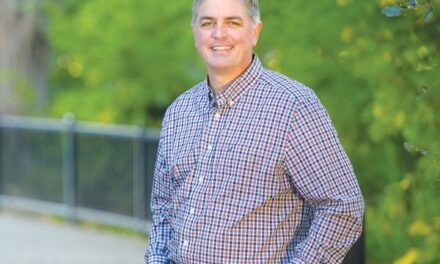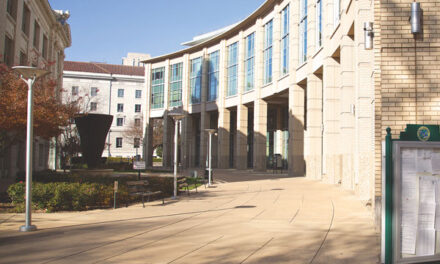Narrow Escape
Budget won’t be so easily tamed next time
By Jeff Harris
July 2024
The City Council closed a $66 million deficit when it adopted a budget for fiscal year 2024–25. The good news is City Manager Howard Chan successfully avoided employee layoffs.
On the downside, departments must reduce budgets by 10%. Fees for services are going up. Some services and vacant positions are gone.
Most residents won’t see dramatic changes. City staff will work harder with less, capital improvement projects will be shelved, roads will deteriorate further.
Overall, the budget outcome wasn’t too painful. Sound good? Think again.
I dug into the budget to better understand the consequences of the strategies used to close the deficit.

I learned how one-time money—$36 million—was used to balance the budget. For starters, the city’s emergency reserve fund was curtailed for the next two years. This means the “rainy-day” account will be inadequate if the economy stumbles.
The emergency reserve fund should be 17% of the general fund. Now it’s below 10%. The city is exposed to economic vulnerabilities.
Here’s where things get worse. The next fiscal year starts with a projected $50 million–$77 million deficit. The gap depends on whether the city gets $27 million in state dollars for homelessness.
But $36 million of the deficit is structural. Even in a good year, the city spends more than it takes in.
Easy solutions closed the gap this year. Those fixes won’t exist moving forward. Passing a sustainable budget in June 2025 will be difficult. The new mayor and City Council will have no money for new programs and projects that make citizens happy and help with re-election.
This year, Mayor Darrell Steinberg urged his City Council colleagues to forego a contribution to the emergency fund. He didn’t want youth and equity programs cut. He also wanted to subsidize higher service fees that impact underserved communities.
Fair enough. A budget crisis caused by the City Council’s overspending shouldn’t increase the burden on people with fewer resources.
How did councilmembers lead the city into this bind?
They spent federal pandemic dollars on pay raises for union employees. Those dollars were one-time windfalls.
But pay raises aren’t one-time expenses. They continue forever. The pay hikes amounted to $80 million in ongoing expenses—a textbook example of deficit spending.
Curiously, before Steinberg convinced the City Council to give firefighters union Local 522 pay increases totaling $13 million annually, the union reversed its position on Measure L, Steinberg’s youth-services measure passed by voters in 2022.
Two previous youth initiatives were defeated by voters and vehemently opposed by Local 522. But suddenly, the union switched sides and helped Steinberg pass Measure L. A big pay raise for firefighters followed. Was there a connection?
Measure L swallows $9 million annually from the general fund, increasing the deficit. Had the council been less generous with its unions, we wouldn’t be discussing raiding the emergency fund to keep social programs alive.
Bowing to organized labor’s demands often leads to campaign contributions from unions. Voting against those demands can prompt a negative independent expenditure campaign that helps derail a politician’s career.
There’s another major problem with the budget. The city has $1.4 billion in unfunded capital project and infrastructure repairs over the next five years. The City Council ignores the realities of maintenance and upkeep.
This explains why parks and roads continue to degrade.
I often hear Steinberg claim by thinking big “we can have it all.” He means equity investments, capital projects, better support for youth and underserved communities.
Yes, these goals are achievable with fiscal responsibility. But that’s not what happened for the past eight years under Steinberg’s leadership.
The departing mayor walks away in December with the city facing its biggest financial challenge since the Great Recession, despite revenues standing at an all-time high.
The can has been kicked as far as it can go. The next mayor and City Council face very tough choices.
Jeff Harris represented District 3 on City Council from 2014 to 2022. He can be reached at cadence@mycci.net. Follow us on Facebook and Instagram: @insidesacramento.















